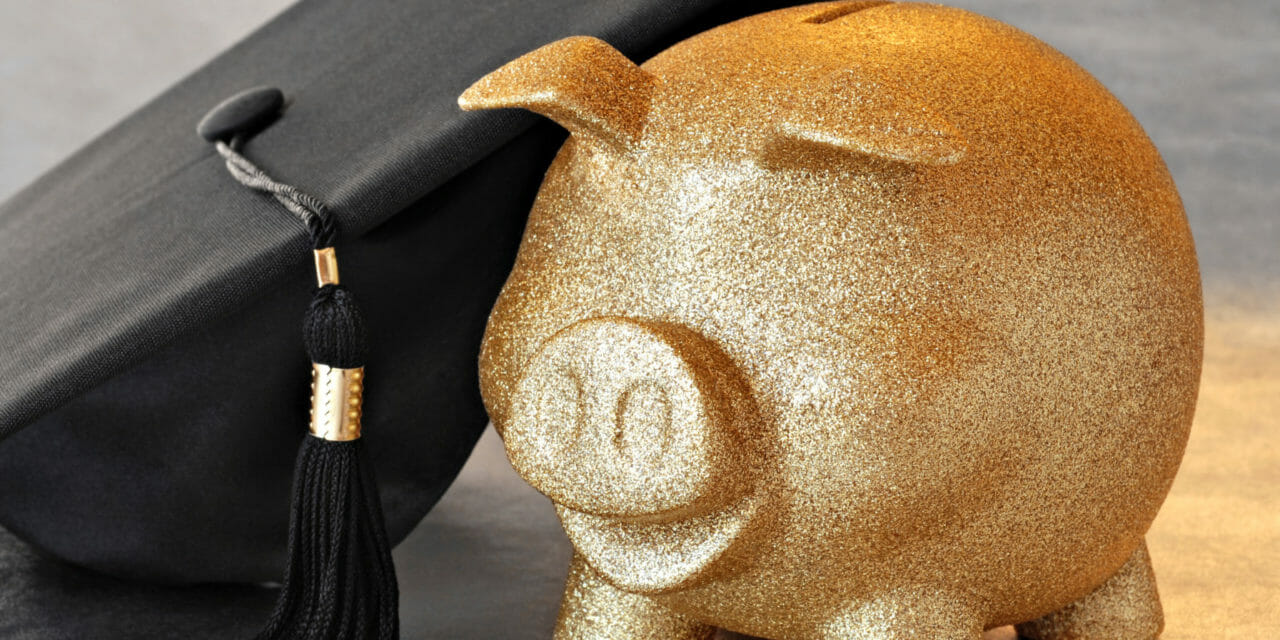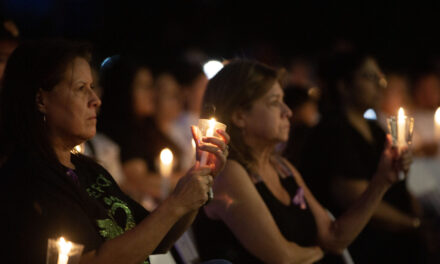Are the graduation announcements beginning to pile up in your house along with the price tag for gifts? If so, you are not alone. Consumers say their greeting cards of graduation congratulations with gift cards and cash, according to the annual survey by the National Retail Federation and Prosper Insights & Analytics.
The average person buying graduation gifts will spend $102.51, on par with last year’s $104.92. Total spending is expected to reach $5.2 billion, the third-highest number in the survey’s 12-year history following the record $5.6 billion set last year and $5.4 billion in 2016.
“Graduation is a huge milestone for students and parents alike, and retailers are ready to help make it even more memorable,” NRF President and CEO Matthew Shay said. “Cash might be the most popular item, but an assortment of graduation gifts from greeting cards and gift cards to clothing and electronics will tempt shoppers.”
Cash will once again be the most popular gift, given by 55 percent of those surveyed as they seek to help students with the costly transition from high school to college or college to the “real world.” Greeting cards — many of them with cash inside — follow at 43 percent, gift cards at 32 percent, apparel at 14 percent and electronics at 10 percent.
“One growing trend we have noticed year over year is the fact that peers continue to give gifts to each other,” Prosper Insights Executive Vice President of Strategy Phil Rist said. “Most prefer to give cash, along with the quintessential graduation gift card, to celebrate the new grad.”
The survey found 45 percent of those ages 18-24 plan to give a gift to other graduates, spending an average of $73.87, with cash being their gift of choice. However, the biggest spending, at $119.86, comes from those ages 45-54 who may have a child at home. Those in the grandparent bracket of 65 and above give an average of $107.15.
The survey, which asked 7,681 consumers about their graduation gift-giving plans, was conducted May 3-10 and has a margin of error of plus or minus 1.1 percentage points.







